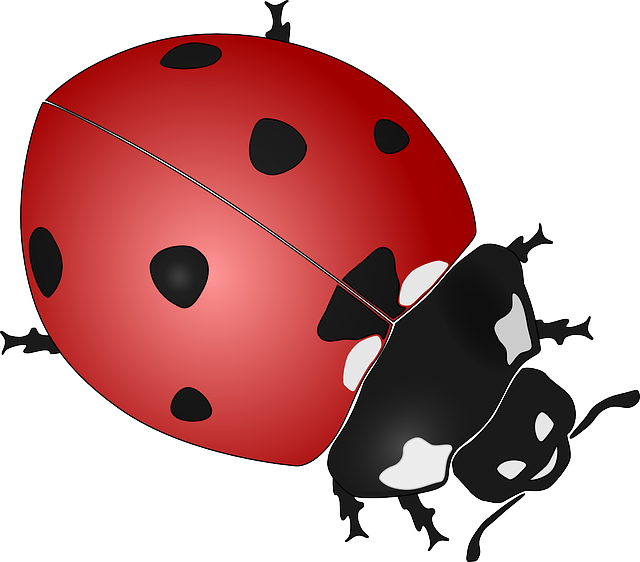Mole infestation can go unnoticed until visible damage appears. To identify it, look for raised grass patches with tunnel-like patterns, disturbed soil without other pest signs, uprooted plants, and winding paths through greenery. Engaging a trained professional for a thorough mole infestation inspection is crucial, as they use advanced tools like radar tech and thermal imaging to map damage and prevent future infestations through tailored solutions and repairs.
Identifying and addressing mole infestations is a delicate process that requires expert knowledge. Mole infestation can cause significant damage to lawns, gardens, and even structures beneath the surface. In this comprehensive guide, we explore the art of mole inspection, from recognizing common signs to advanced techniques. Understanding how moles create tunnels is key to assessing potential risks and mitigating the impact of these burrowing creatures. Discover the expertise needed to navigate this intricate landscape and protect your property from mole-related damage.
Understanding Mole Infestation: Common Signs and Symptoms
Understanding Mole Infestation: Common Signs and Symptoms
A mole infestation can go unnoticed for weeks or even months, as moles are burrowing creatures that tend to keep to themselves. However, their activity can cause significant damage to your lawn and garden, leading to unsightly tunnels and uprooting of plants. One of the first steps in addressing a mole problem is conducting a thorough mole infestation inspection. This involves looking for specific signs and symptoms that indicate the presence and behavior of moles.
Common signs include raised, irregular patches of grass with characteristic tunnel-like patterns; disturbed soil with no visible evidence of other pests like gophers or squirrels; and plants that have been uprooted or damaged. Mole tunnels are often distinctive, appearing as narrow, winding paths through the lawn or garden. During an inspection, it’s crucial to pay attention to these visual cues, as they can provide valuable insights into the extent and location of the mole infestation.
The Role of an Expert in Mole Inspection
When dealing with suspected mole infestations, engaging an expert in mole inspection is crucial. These professionals are trained to identify subtle signs that may indicate the presence and activity of moles. With their keen eye for detail, they can navigate the intricate labyrinthine tunnels left behind by these burrowing rodents. An expert will employ advanced techniques and tools to locate, map, and assess the extent of damage caused by mole activity.
Their expertise extends beyond detection; they also play a vital role in preventing future infestations. By understanding mole behavior and habitat preferences, these specialists can offer tailored solutions and recommendations to deter moles from returning. This includes advising on lawn maintenance, soil modifications, and the implementation of effective repellents, ensuring a lasting solution to molerelated issues.
Advanced Techniques for Identifying Mole Tunnels
In the quest to uncover mole tunnels and assess damage, professionals employ advanced techniques that go beyond conventional methods. One powerful tool in the arsenal of mole infestation inspections is radar technology. This non-invasive method uses radio waves to penetrate the soil, providing a detailed image of underground structures. By analyzing the reflected signals, experts can detect the presence and depth of mole tunnels, offering valuable insights into the extent of the infestation.
Additionally, thermal imaging cameras are invaluable assets for identifying burrows and active tunnel systems. These devices measure temperature variations, allowing for the visualization of warm trails left by moles as they move through their networks. This technique not only reveals hidden tunnels but also helps in pinpointing areas where repairs might be needed, ensuring a comprehensive mole infestation inspection.
Assessing and Mitigating Mole-Caused Damage
Mole infestations can cause significant damage to properties, particularly in gardens and outdoor areas. After identifying mole tunnels, experts can assess the extent of the problem. This involves inspecting the soil for signs of disturbance, checking for damaged plant roots, and examining structures like foundations, walls, and floors for any vulnerabilities or existing weaknesses that moles could exploit.
During an expert mole infestation inspection, they will also look for active tunnel entries and exits, fresh mole hill remnants, and the distinctive scent left by these burrowing creatures. By understanding the behaviour and patterns of mole activity, professionals can develop strategies to mitigate the damage effectively. This may include repairing or reinforcing affected areas, implementing physical barriers, and using safe, targeted treatments to deter moles from returning.
When dealing with a mole infestation, expert identification plays a pivotal role in mitigating damage and restoring your property. Understanding the advanced techniques used by professionals ensures effective navigation through complex tunnel systems and accurate assessment of the scope of the issue. By employing these methods, experts can provide tailored solutions, offering peace of mind and safeguarding against potential structural harm caused by these burrowing creatures. This comprehensive mole infestation inspection process is key to a successful and lasting resolution.
